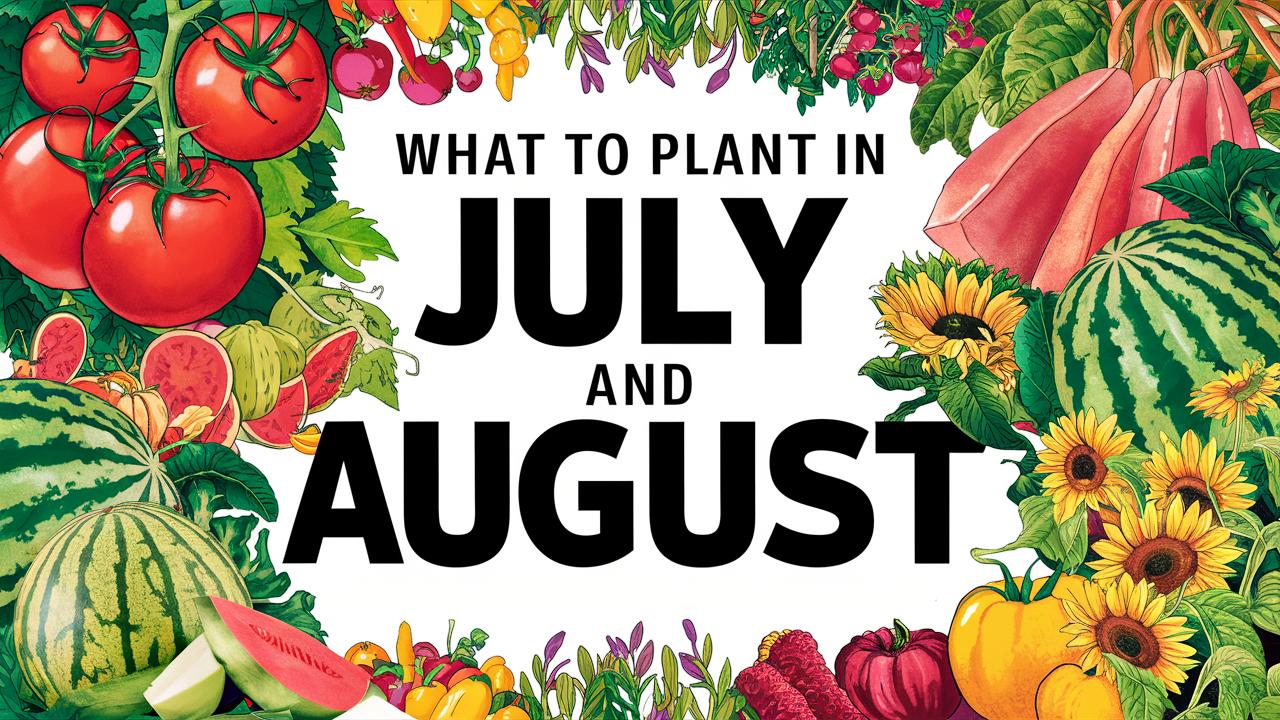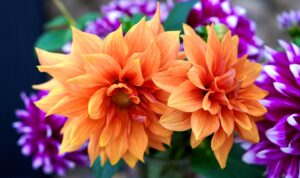This guide will explore the ideal plants to sow and cultivate during July and August, tailored to specific USDA zones.
Vegetables To Plant
When it comes to vegetables, July and August can still be productive months, especially for fall harvests. Below is a list of vegetables that you can successfully plant during this time, along with their optimal growing conditions.
Bush Beans
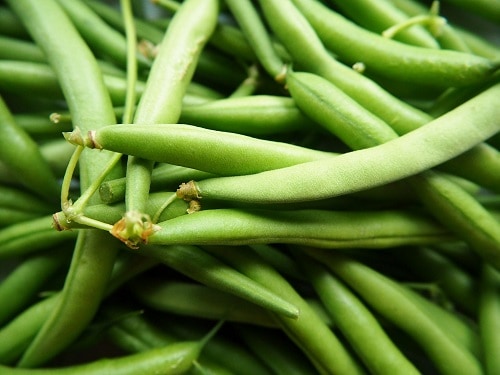
Bush beans grow rapidly and can be harvested within 50 to 60 days, making them ideal for late summer planting. These heat-loving plants prefer temperatures between 70°F and 90°F (21°C – 32°C) and can be planted in USDA zones 3 to 10 until mid-August. They thrive in full sun and well-draining soil, and they don’t require support, making them an excellent choice for smaller gardens.
Carrots
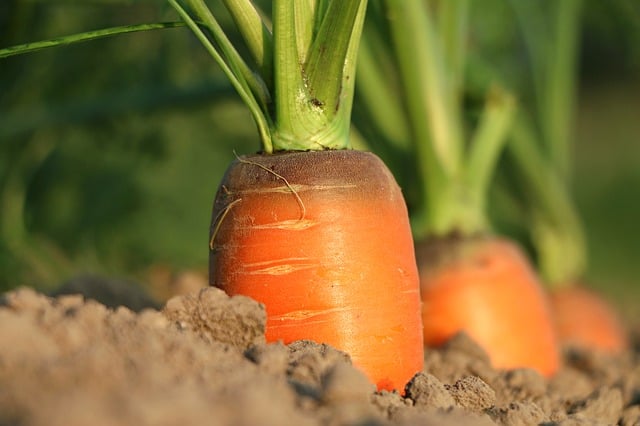
Carrots can be planted in July in USDA zones 3 through 9, with a planting time extending into August for warmer climates. They prefer cooler conditions for optimal growth, making late summer a great time to cultivate them for a fall harvest. Carrots thrive in soil temperatures between 60°F and 70°F (15°C – 21°C). They can be sown directly into the ground, spaced about 2 inches apart for proper development.
Kale

Kale is a hardy green that can endure the cooler temperatures of fall. It can be planted in USDA zones 3 through 10, with the best planting times ranging from mid-July to early August. Ideal growing conditions involve well-drained soil and temperatures between 65°F and 75°F (18°C – 24°C). Kale is not only nutritious but also resistant to light frost, allowing for an extended harvest season into winter.
Radishes
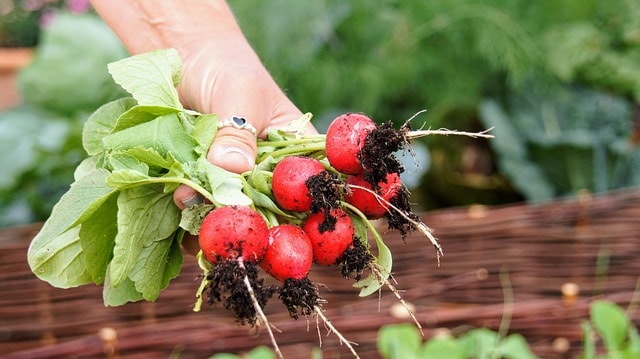
Radishes are quick-growing vegetables that can mature in as little as 30 days, making them a perfect candidate for July planting in all USDA zones. They prefer cooler temperatures, ideally around 50°F to 65°F (10°C – 18°C), and can thrive in both spring and fall. Planting radishes in succession can ensure a continuous harvest, and they can be easily sown in rows, spaced approximately 1 inch apart.
Turnips
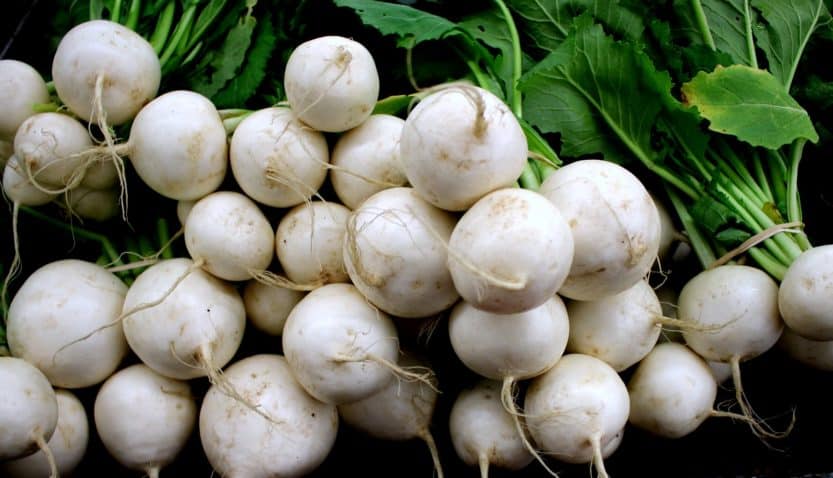
Turnips can be seeded throughout July and August in USDA zones 3 through 9 for a fall harvest. They prefer a slightly cooler environment, ideally between 55°F and 75°F (13°C – 24°C). These nutritious roots can be grown in a variety of soil types but thrive in well-drained, loamy soil. Turnips grow quickly, maturing in about 60 days, making them practical for late summer planting.
Swiss Chard
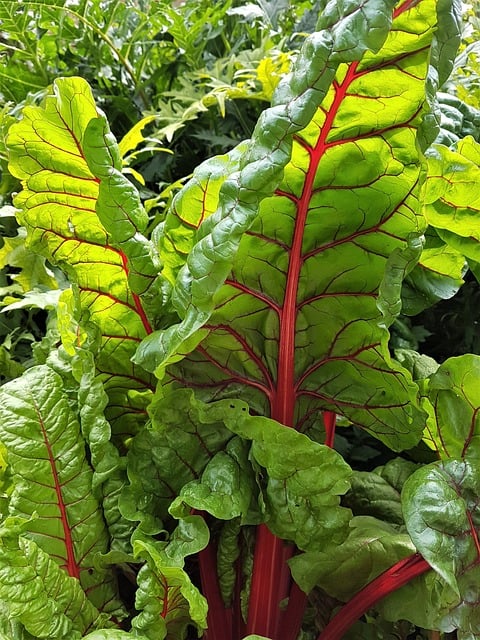
Swiss chard is a high-yielding leafy green that can be planted in July and August in USDA zones 5 through 10. It thrives in cooler environments, germinating best in soil temperatures between 70°F and 80°F (21°C – 27°C). Swiss chard can be sown directly into the ground, spaced about 6 inches apart, and can withstand light frost, elongating its harvest into fall.
Cucumbers
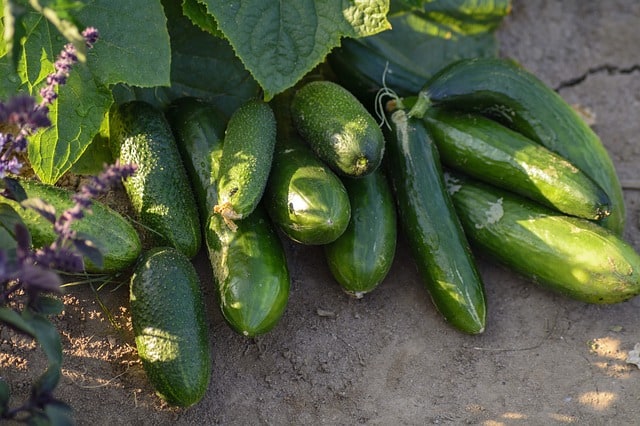
Mid-summer is the perfect time for cucumbers in USDA zones 4 through 10. They thrive in warm soil temperatures of 70°F to 95°F (21°C – 35°C). When planting in July, be sure to choose faster-growing varieties, as they typically mature between 50 to 70 days. Cucumbers require ample space to grow, whether in the ground or on a trellis for vertical gardening, which can save space and enhance air circulation.
Beets

Beets are versatile root vegetables that can be sown in late July and August, particularly in USDA zones 3 through 9. They prefer cooler temperatures around 60°F to 70°F (15°C – 21°C) and are ideal for fall harvesting. Beets can be planted in rows, with seeds spaced 2 inches apart. Not only do they offer vibrant colors and flavor, but their greens are also nutritious and can be harvested separately.
Bok Choy
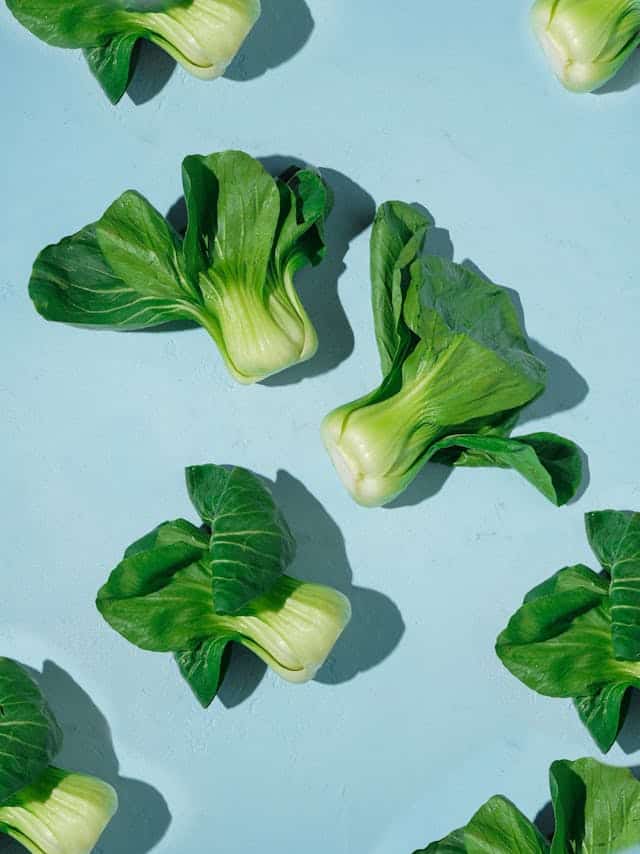
Bok choy thrives in the cooler temperatures of autumn and can be sown in USDA zones 3 through 10 until mid-August. This fast-growing Asian green prefers temperatures between 60°F and 70°F (15°C – 21°C) and can be harvested in as little as 30 days. Ideal for salads and stir-fries, bok choy adds a crunchy texture and nutritious value to meals.
Peas
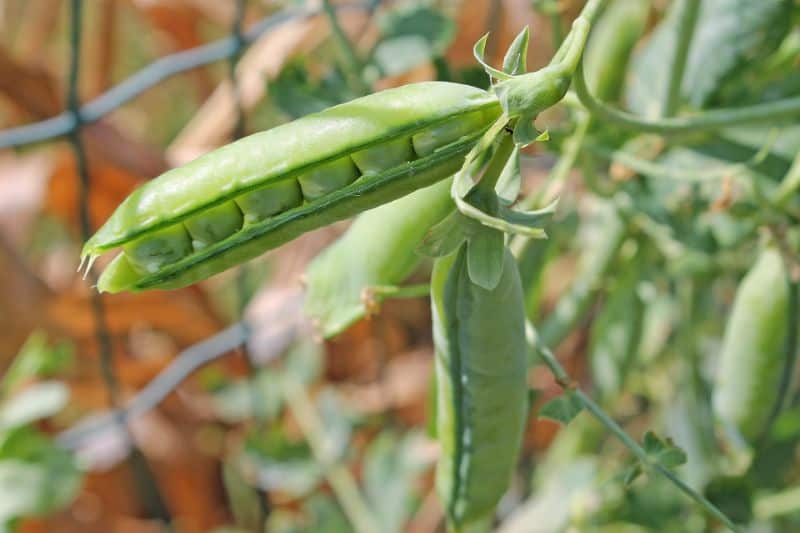
Peas are a refreshing addition to summer gardens and can be planted in July in cooler zones (3-6). They require a cooler climate for germination, ideally between 45°F and 75°F (7°C – 24°C). These climbing plants benefit from trellising and can be harvested in September if planted early enough. They are not well-suited for warmer zones in late summer due to rising temperatures.
Flowers To Plant
The ‘dog days’ of summer, comprising July and August, are also suitable for planting certain flower species that can add vibrancy to your garden. Here is a collection of flowering plants to consider during this period.
Sunflowers

Sunflowers, with their tall stalks and cheerful blooms, are a beloved summer flower ideal for planting in USDA zones 3 through 10 through August. They thrive in full sun and can handle heat, preferring temperatures between 70°F and 85°F (21°C – 29°C). Plant them directly in well-draining soil, spaced 6 to 12 inches apart, for a stunning display that attracts pollinators.
Zinnias

Known for their bright colors and hardiness, zinnias flourish in warm temperatures and can be planted from mid-July to early August in USDA zones 3 through 10. With a preference for full sun and well-drained soil, they thrive in temperatures around 70°F to 90°F (21°C – 32°C). Zinnias are easy to grow from seed and provide a continuous bloom until frost.
Cosmos

Cosmos are excellent summer flowers known for their resilience and long blooming period. Plant them in the garden from July through mid-August in USDA zones 3 through 10, where they prefer full sun and can thrive in a range of soil types. They flourish best at temperatures of 60°F to 75°F (15°C – 24°C) and usually bloom from summer to fall.
Marigolds
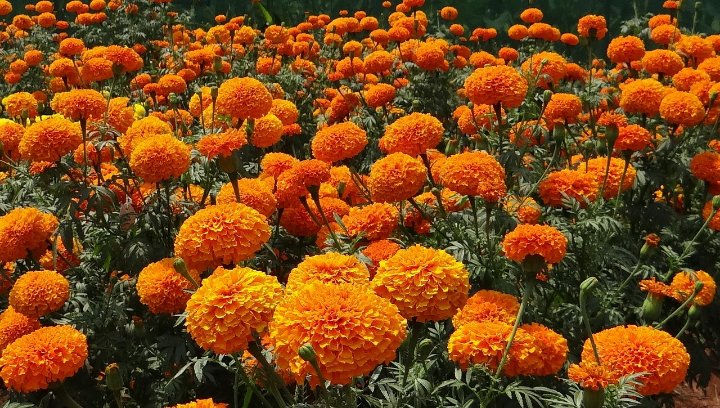
Marigolds are one of the easiest options to plant in summer gardens due to their drought tolerance and pest-repelling properties. Best planted in USDA zones 2 through 11 during July, marigolds favor well-draining soil and full sun exposure, growing favorably in temperatures between 70°F and 80°F (21°C – 27°C). These annuals add warmth and color to any landscape.
Asters
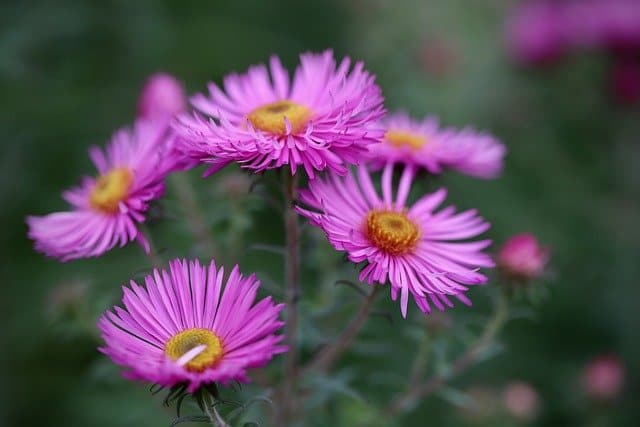
Asters are hardy perennials that can be planted in late summer for vibrant fall blooms, making them perfect for July and August in USDA zones 3 through 8. They thrive in well-draining soil and full sun, with a preference for cooler temperatures around 60°F to 75°F (15°C – 24°C). Asters are known for attracting butterflies, making them a great addition to pollinator gardens.
Black-eyed Susans
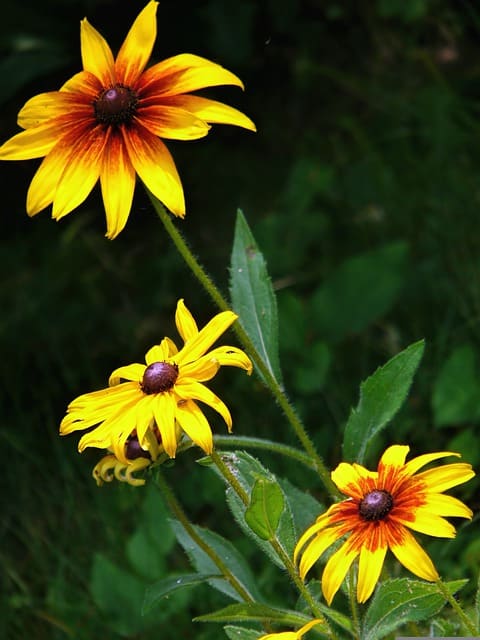
Black-eyed Susans are resilient perennial flowers that can be planted in USDA zones 3 through 10. With a preference for full sun and well-drained soil, they flourish in temperatures of 70°F to 85°F (21°C – 29°C) and can bloom well into autumn. Known for their bright yellow flowers and brown centers, they provide a cheerful landscape touch and attract bees and other pollinators.
Coreopsis
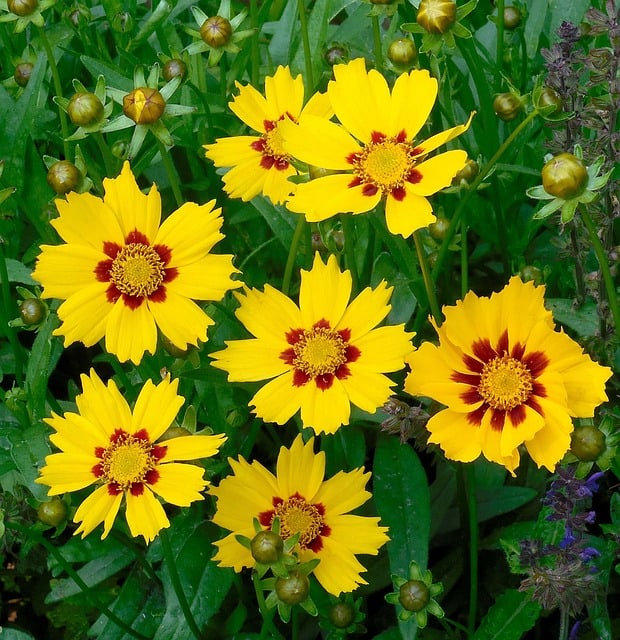
Coreopsis, or tickseed, is a drought-tolerant perennial that performs well when planted in July and August in USDA zones 3 through 9. They love full sun, preferring temperatures of 60°F to 80°F (15°C – 27°C). Coreopsis produces delicate, daisy-like blooms that can continue throughout the summer and into fall, ideal for naturalistic gardens.
Japanese Anemones
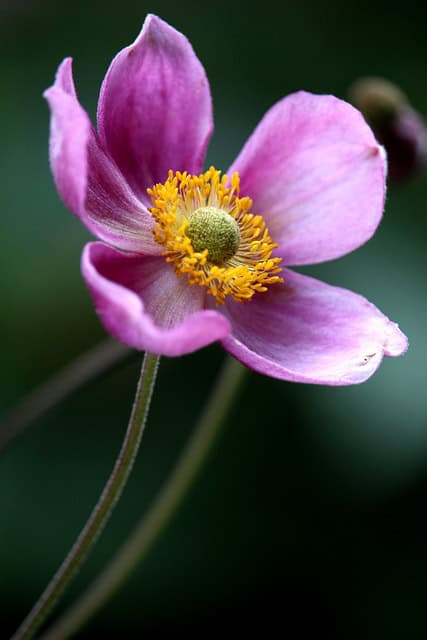
Japanese anemones are unique perennial flowers that thrive in USDA zones 5 through 8. While August is the better planting time, they can be planted in July if soil conditions are right. Preferring partial shade, these plants flourish in soil temperatures of 60°F to 70°F (16°C – 21°C) and can offer beautiful late-summer and fall blooms to your landscape.
Salvia
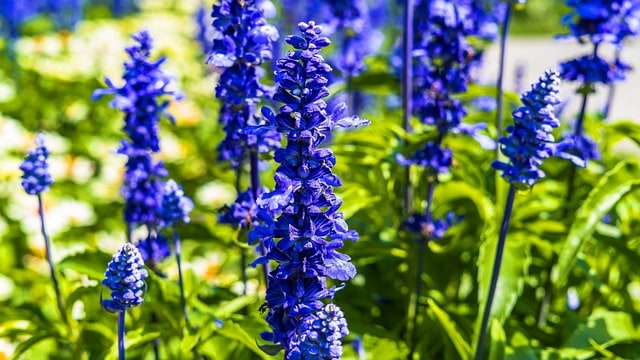
Salvia, also known as sage, is a versatile flowering plant favored for its aromatic leaves and vibrant flower spikes that attract pollinators. Best sown in USDA zones 4 through 8 between July and August, salvias prefer well-drained soil and full sunlight, doing best in temperatures of 70°F to 85°F (21°C – 29°C). They are drought-tolerant once established, making them a fantastic choice for low-maintenance gardens.
Sedum

Sedum, or stonecrop, encompasses a wide variety of succulents that thrive in hot, dry conditions. Planting sedum in late July or early August is recommended in USDA zones 3 through 9, making use of full sun and well-draining soil. With drought tolerance and varying heights, sedum plants can be used creatively in borders, rock gardens, or as ground cover.
Herbs To Plant
Herbs add delightful flavors to our kitchens and can also enhance our gardens visually. Here are some herbs you can plant in the summer months of July and August.
Basil
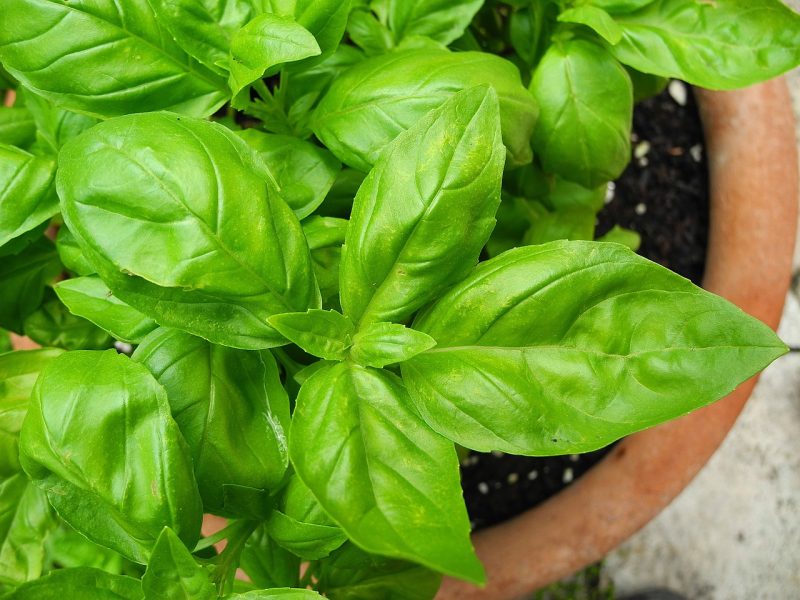
Basil is a favorite culinary herb that thrives in warm weather. July is the optimal time to sow basil seeds in USDA zones 3 through 10. It prefers temperatures between 70°F and 90°F (21°C – 32°C) and enjoys full sun and moisture-retaining soil. Regular harvesting will encourage bushier growth and prevent the plant from bolting.
Cilantro
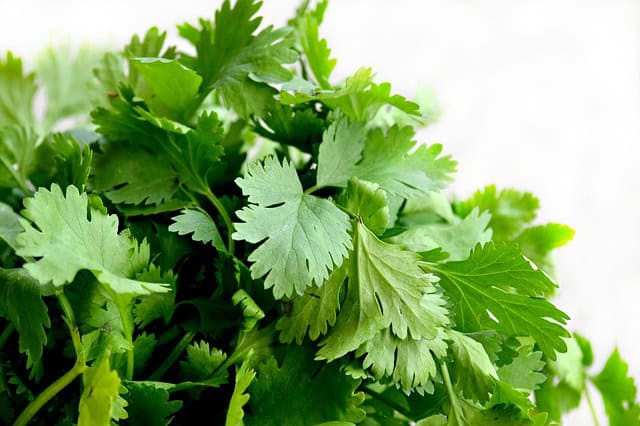
Cilantro may not be as heat-tolerant as other herbs, but mid to late summer planting can yield favorable results in USDA zones 4 through 9. It prefers cooler temperatures around 50°F to 80°F (10°C – 27°C) and is best grown in partial shade to avoid flowering too quickly. This herb matures relatively fast, allowing for multiple harvests in a single season.
Dill
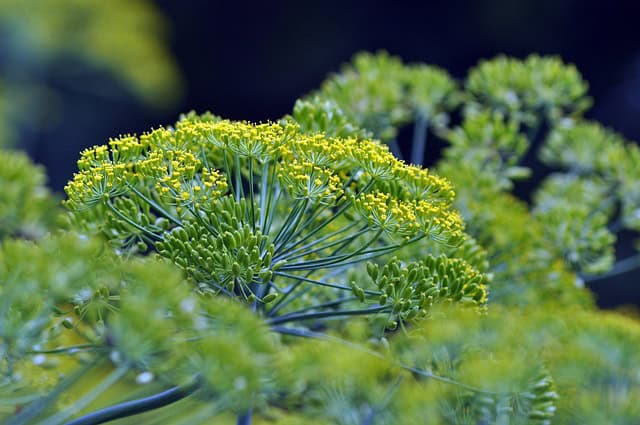
Dill is an easy herb to grow, flourishing from mid-July through August in USDA zones 2 through 10. It thrives in full sun and prefers a temperature ranging between 70°F and 80°F (21°C – 27°C). Dill is known for its feathery leaves and fragrant flowers, which also attract beneficial insects to the garden. Be mindful of its planting location, as it does well when not crowded by other plants.
Chives

Chives are a perennial herb that can be seeded in July and August in USDA zones 3 through 9. They prefer a sunny location and perform well in well-drained soil with temperatures ranging from 60°F to 75°F (15°C – 24°C). Chives can be harvested fresh for culinary uses, and their lavender flowers are appealing to pollinators, adding beauty to the garden.
Oregano
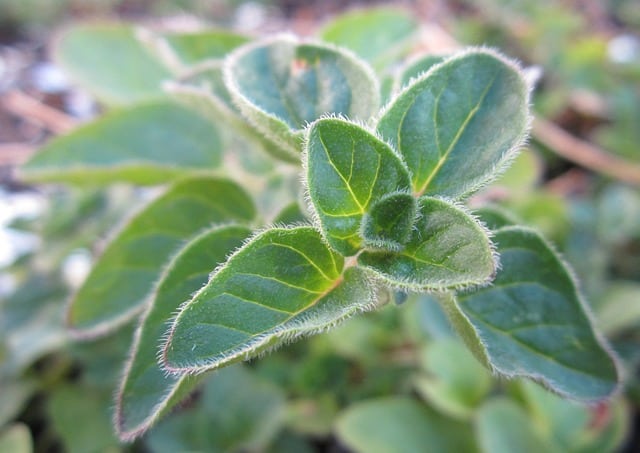
Oregano is a hardy herb that can be planted in USDA zones 5 through 10 during the warm summer months. This drought-tolerant plant performs best in temperatures around 70°F to 85°F (21°C – 29°C) and thrives in full sun. Oregano’s flavorful leaves can be used fresh or dried in various dishes, and the plant is known for attracting beneficial insects.
Thyme
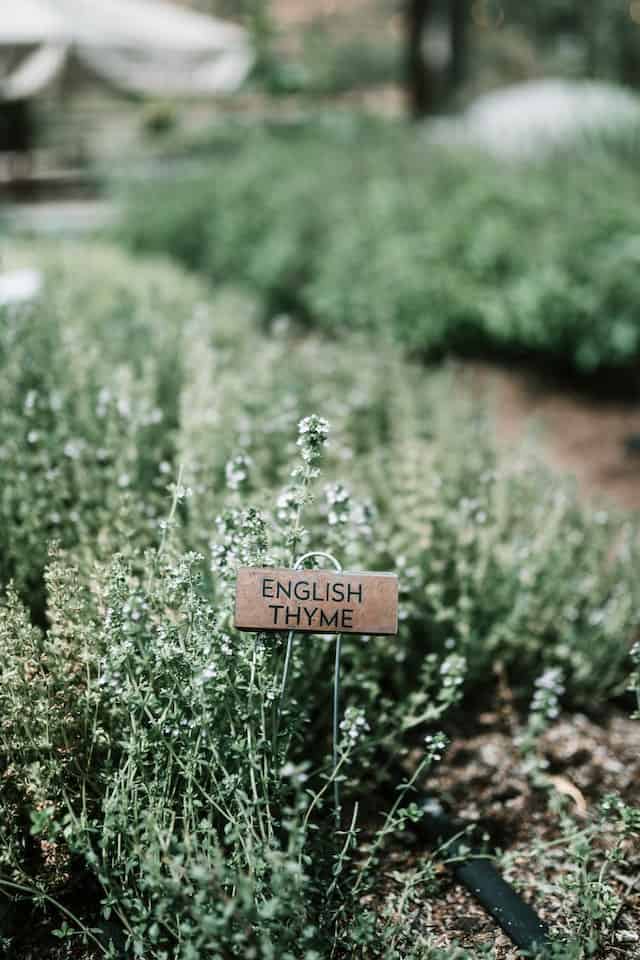
Thyme is a delicious culinary herb perfect for planting in July and August in USDA zones 3 through 10. It prefers well-draining soil and thrives in sunny areas. Ideal temperatures are around 70°F to 80°F (21°C – 27°C). Thyme is drought-tolerant once established, making it an easy addition to both garden beds and containers.
Rosemary
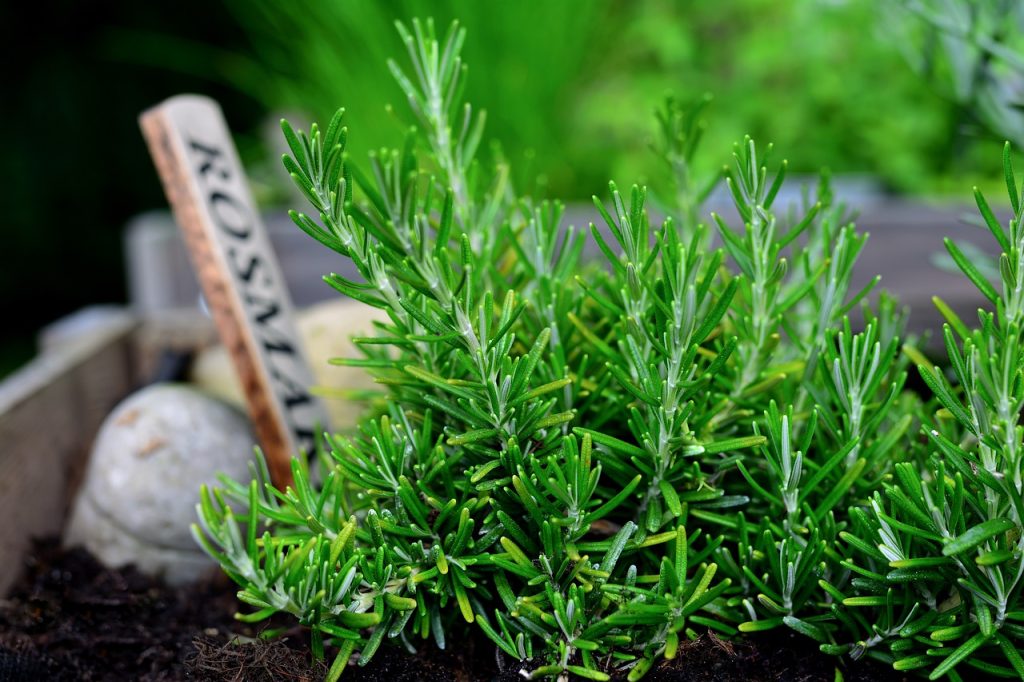
Rosemary, a beloved herb known for its aromatic fragrance and culinary uses, can be planted in USDA zones 8 through 10 during the warm months. It prefers full sun and well-drained soil, thriving at temperatures between 70°F and 80°F (21°C – 27°C). Rosemary is relatively frost-sensitive, so it’s essential to ensure that the plant is adequately protected if you live in a cooler zone.
Tarragon
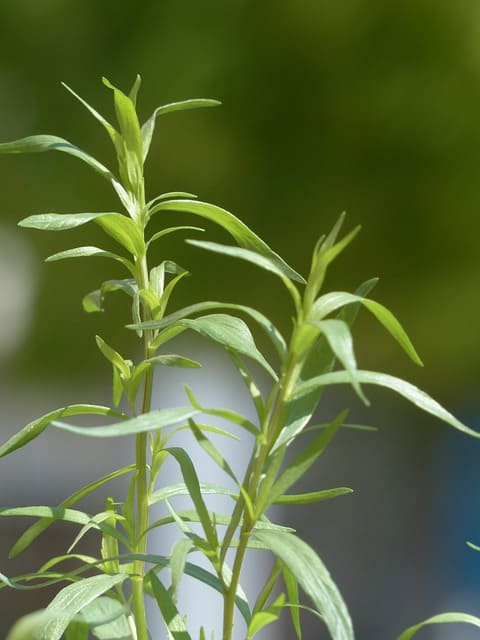
Tarragon is a less common but delightful herb that can be planted in USDA zones 3 through 9. The best planting time is in late July and early August. It thrives in well-drained soil and enjoys full sun to partial shade, preferring temperatures around 60°F to 75°F (15°C – 24°C). This herb has a distinct anise flavor and can elevate various dishes, particularly in French cuisine.
Mint
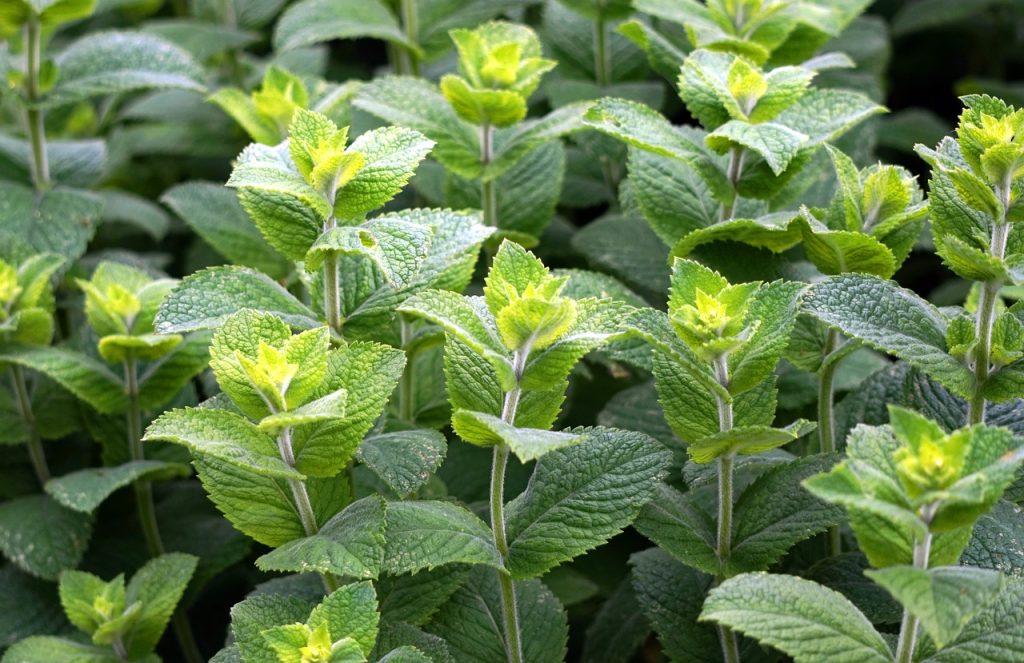
Mint is an aromatic perennial that can be started during July and August in all USDA zones. While it prefers partial shade and moist, well-drained soil, mint is adaptable and can thrive in various conditions. With a preference for temperatures around 65°F to 75°F (18°C – 24°C), mint is notorious for spreading, so it is often considered best grown in containers to manage its growth.
Sage

Sage is a resilient perennial suitable for planting in USDA zones 3 through 9. It thrives in sunny spots and well-draining soil, preferring temperatures ranging from 65°F to 75°F (18°C – 24°C). This herb adds earthy flavors to various dishes and is known for its silver-green leaves and purple flowers, which add beauty and attract various beneficial insects.
Landscape Plants To Plant In August
August is an ideal month for planting trees, shrubs, and other landscape plants, as they have enough time to establish roots before winter sets in. Here’s a list of various landscape plants suitable for planting in August.
Ornamental Grasses
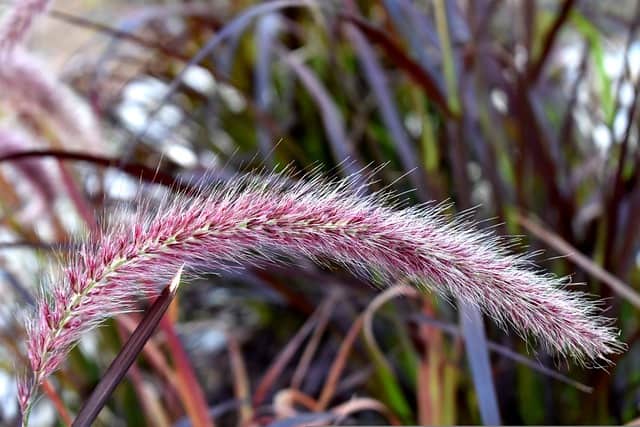
Ornamental grasses are excellent for adding texture and movement to landscapes. In USDA zones 3 through 9, many varieties can be planted in August. Grasses prefer well-drained soil and can thrive in full sun to partial shade. Tolerant of many conditions, they can offer a stunning backdrop or border for flower beds.
Perennial Flowering Plants

August is an excellent time to introduce perennial flowering plants, such as coneflowers and daylilies, into gardens situated in USDA zones 3 through 10. These plants provide stunning colors, often blooming through the fall, enriching the garden landscape. Ensure they are planted in well-draining soil with adequate sunlight for optimal growth.
Evergreen Shrubs
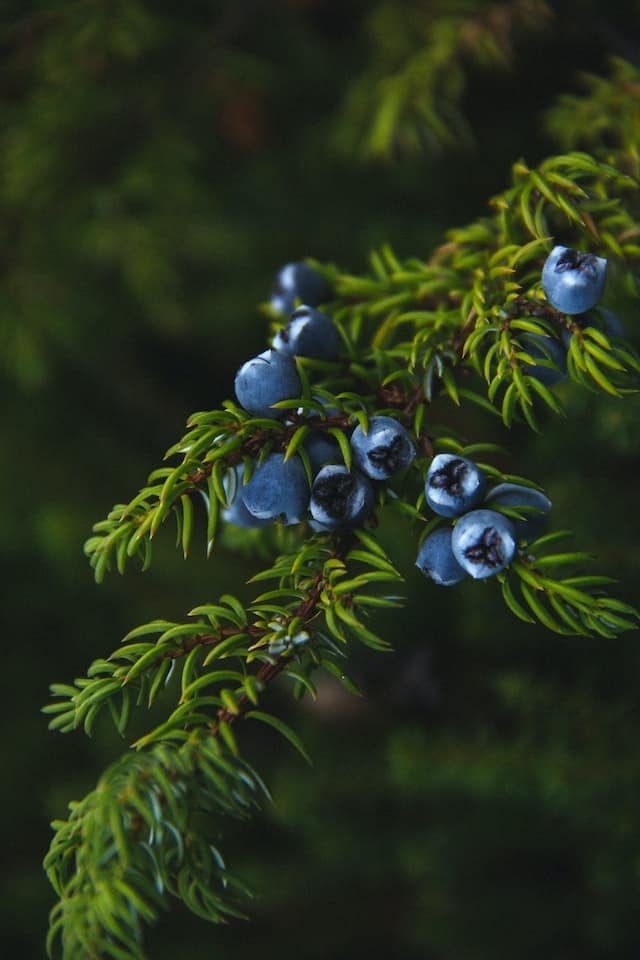
Evergreen shrubs, including boxwood and holly, can be planted in USDA zones 4 through 9 in August. They establish roots in the cool soil and can add year-round greenery and structure to gardens. These plants prefer slightly acidic, well-drained soil and can thrive in a range of sunlight conditions.
Hydrangeas

Hydrangeas are beloved flowering shrubs that can add elegance to any landscape. Planting them in August in USDA zones 3 through 9 allows ample time for root establishment before winter. Ideally, they prefer slightly acidic soil and partial to full sun, thriving best in temperatures around 60°F to 80°F (15°C – 27°C).
Drought-Tolerant Succulents
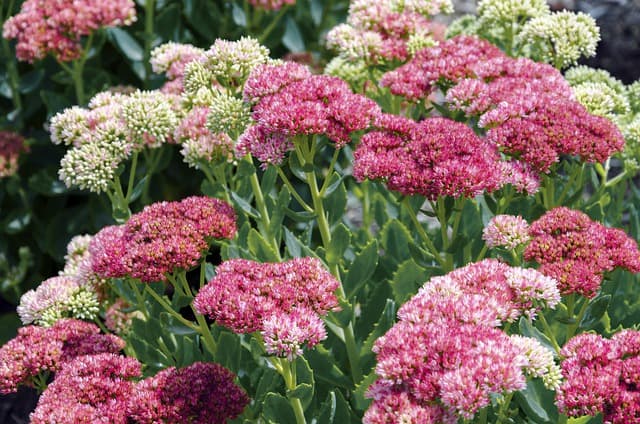
Succulent plants such as sedums and agaves can thrive in USDA zones 5 through 10. They are ideal for August planting, preferring well-draining soil and bright sunlight. With their remarkable ability to store water, succulents require minimal maintenance while providing visual interest and variety.
Roses
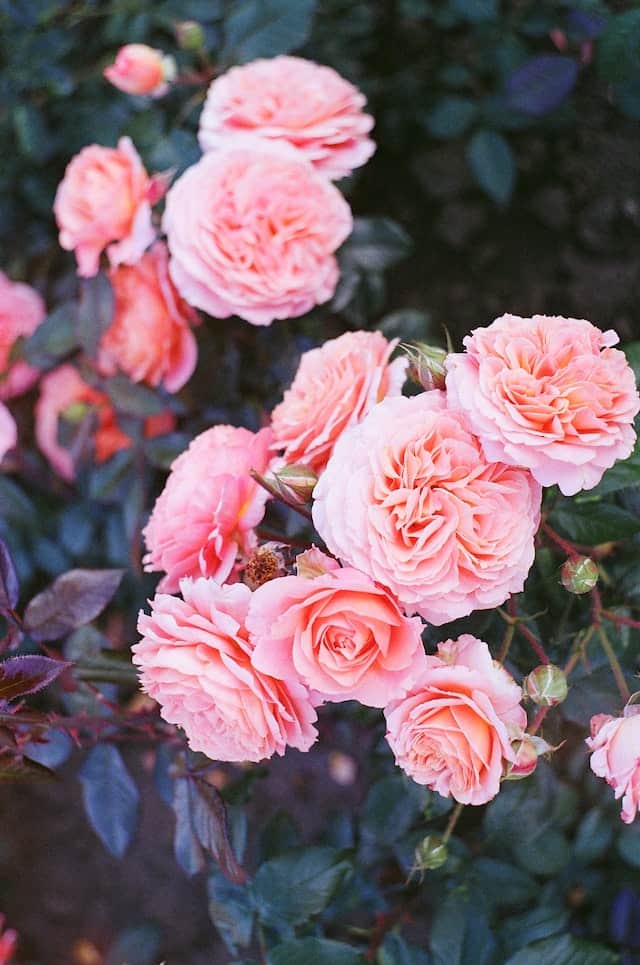
August is an excellent time to plant roses in USDA zones 3 through 9. These stunning flowering shrubs require well-drained soil and full sun exposure to flourish at around 65°F to 80°F (18°C – 27°C). Make sure to provide adequate conditioning of the soil to enhance growth and blooming potential for these perennials.
Butterfly Bush
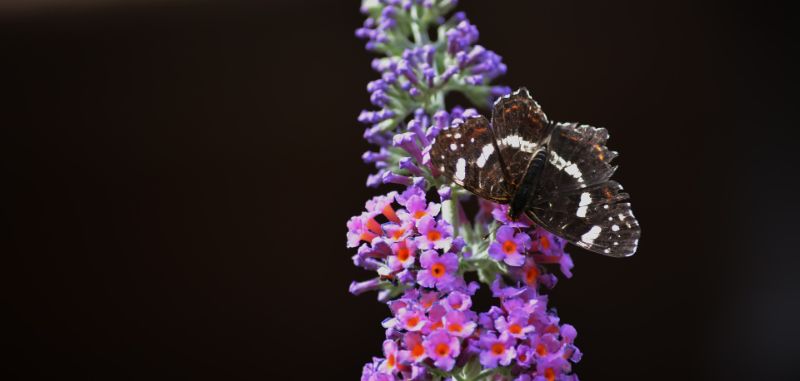
Butterfly bush is known for attracting pollinators, particularly butterflies. Ideal for planting in USDA zones 5 through 10 in August, they thrive in full sun and love well-draining soil. With their intense nectar production, they can bloom from summer into fall, adding vibrant color and life to gardens.
Fruit Trees
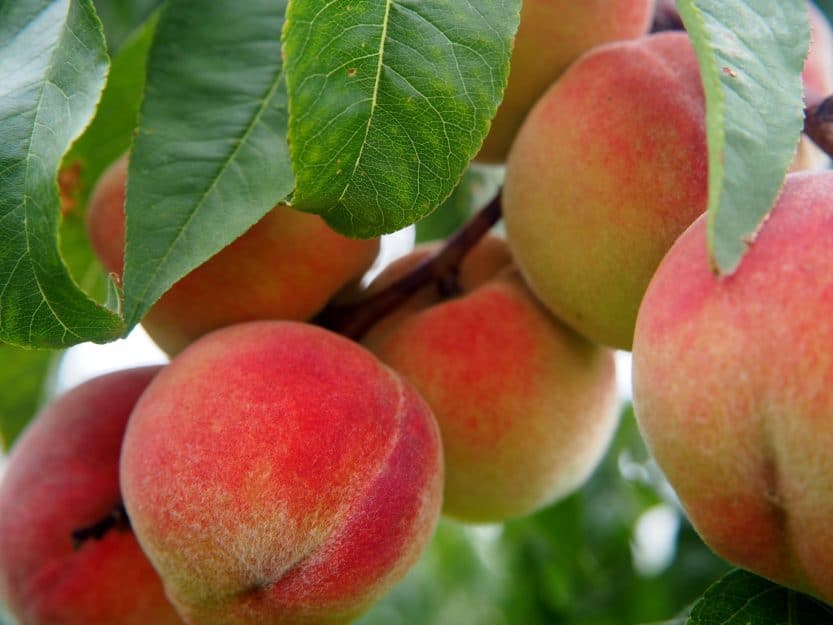
August is a favorable month for planting fruit trees like apple, pear, and peach in USDA zones 4 through 8. These trees require well-drained soil and full sunlight for optimal fruit production. Planting during this time gives the trees sufficient root establishment before the colder months.
Native Plants
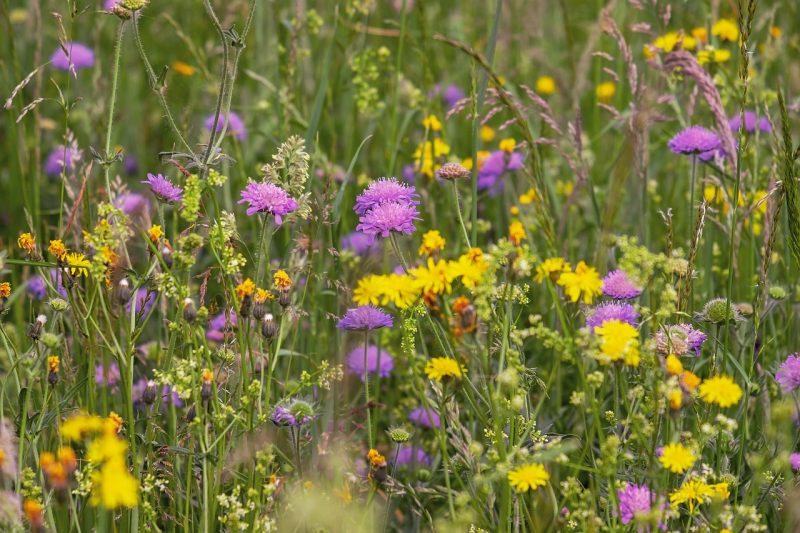
Planting native species in August can aid in sustaining local ecosystems and provide many environmental benefits. Suitable in USDA zones 2 through 10, native plants are adapted to the local climate and soil conditions, requiring less water and maintenance once established. These plants often attract local pollinators, enhancing biodiversity in your garden.


